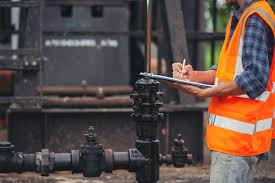Avoiding the invisible dangers with a smart approach to pipeline risk-based management

Infrastructures like oil and gas pipelines help to move resources across great distances. But without an adequate system, they face a wide range of risks—from corrosion and unpredictable third-party excavation to environmental and operational threats. That’s where the crucial factor becomes in conducting a comprehensive risk assessment of the pipelines. At its most basic level, risk assessment of pipelines entails the identification, investigation, and assessment of potential risks to pipeline integrity. Operators depend on this proactive approach to decide when to schedule maintenance, when to make safety enhancements, and when to do contingency planning. Risk assessments enable companies to anticipate and prevent failures, rather than merely reacting to them. Sophisticated equipment such as geographic information systems (GIS), in-line inspection tools and statistical simulation models are often part of pipeline risk assessment methodologies. These techs deliver exacting data and let...
